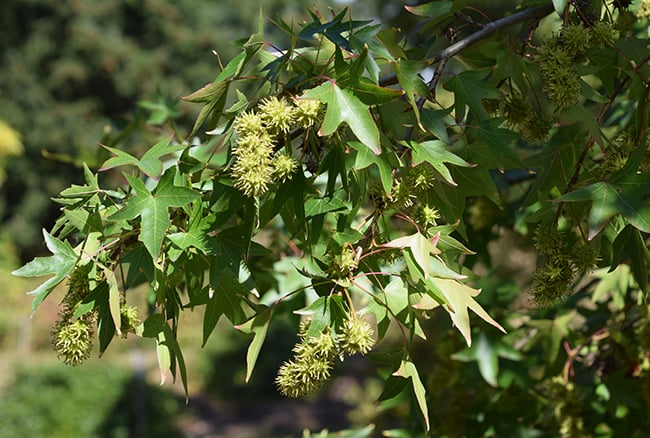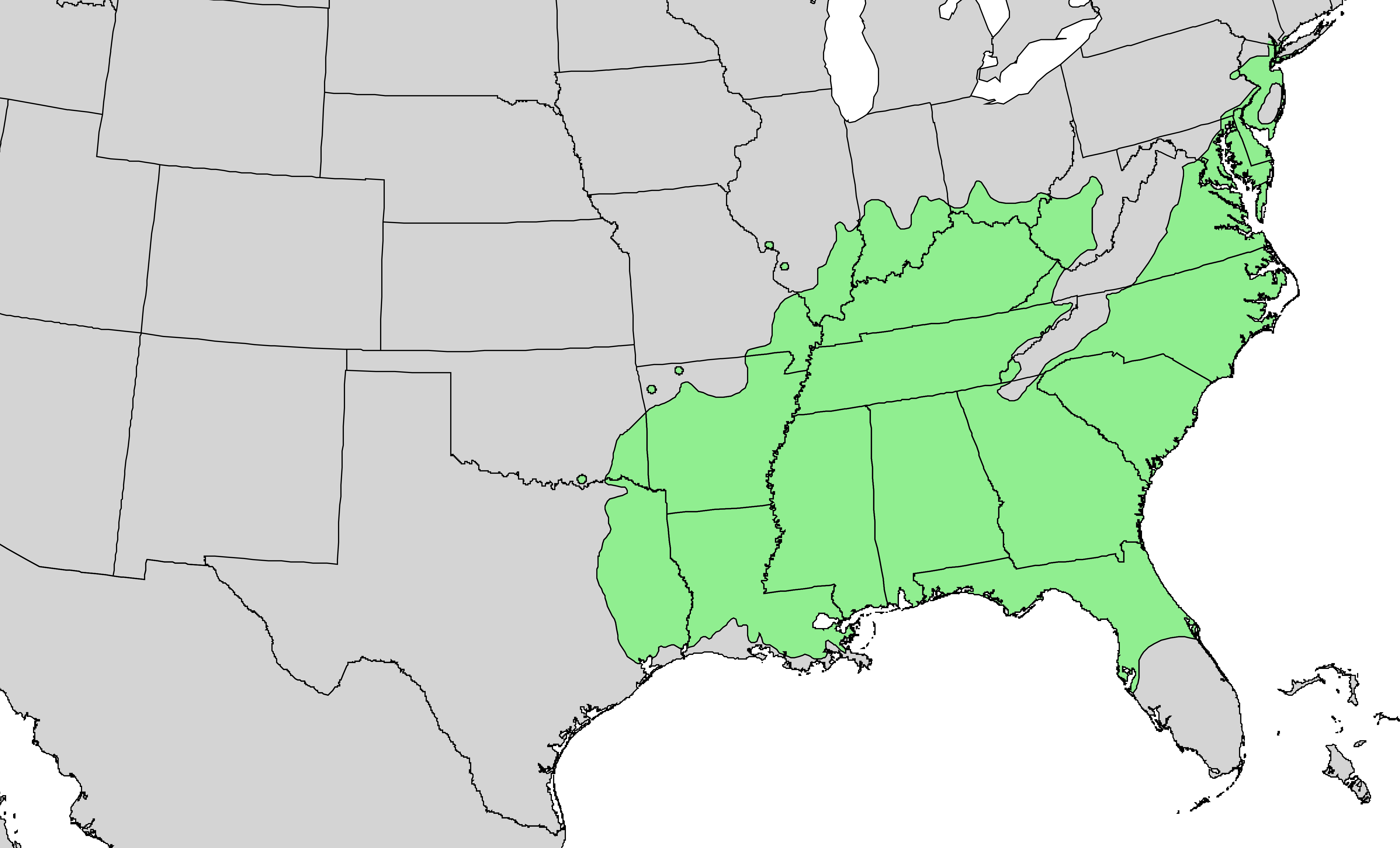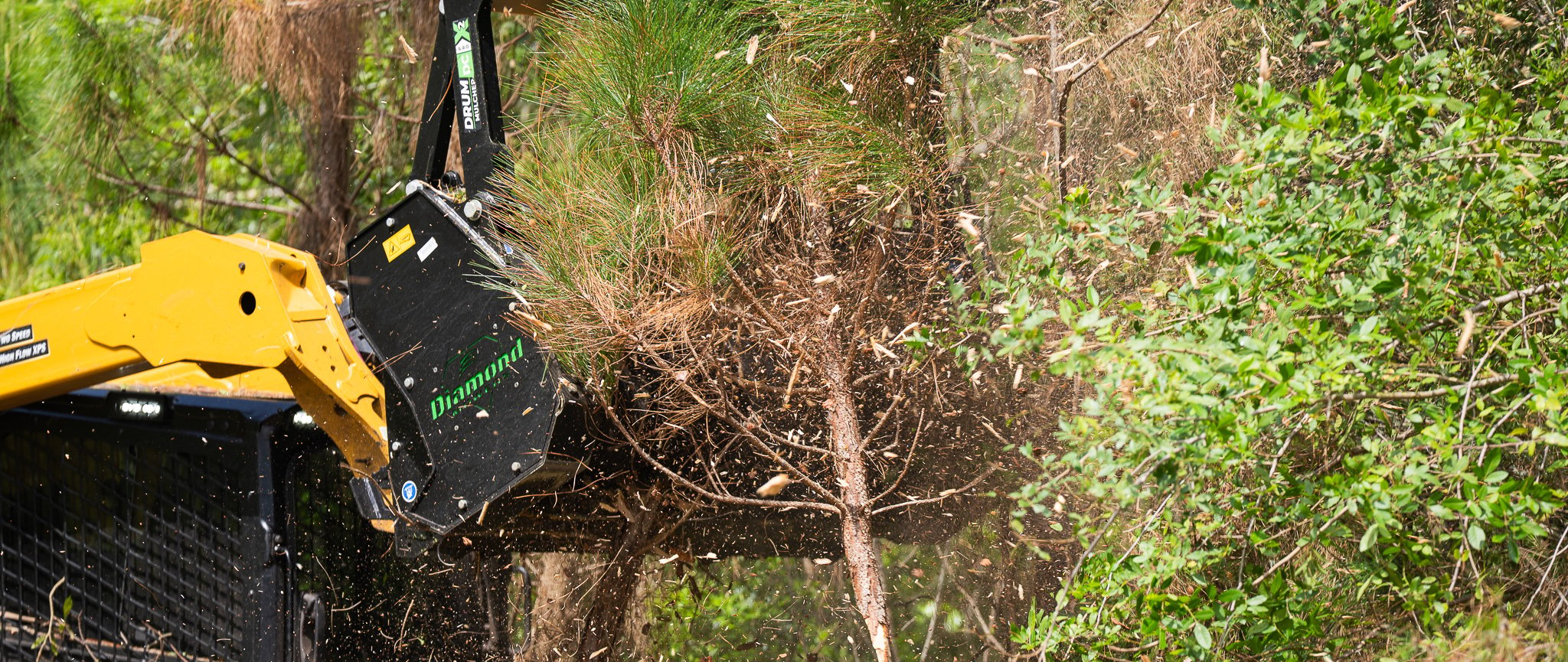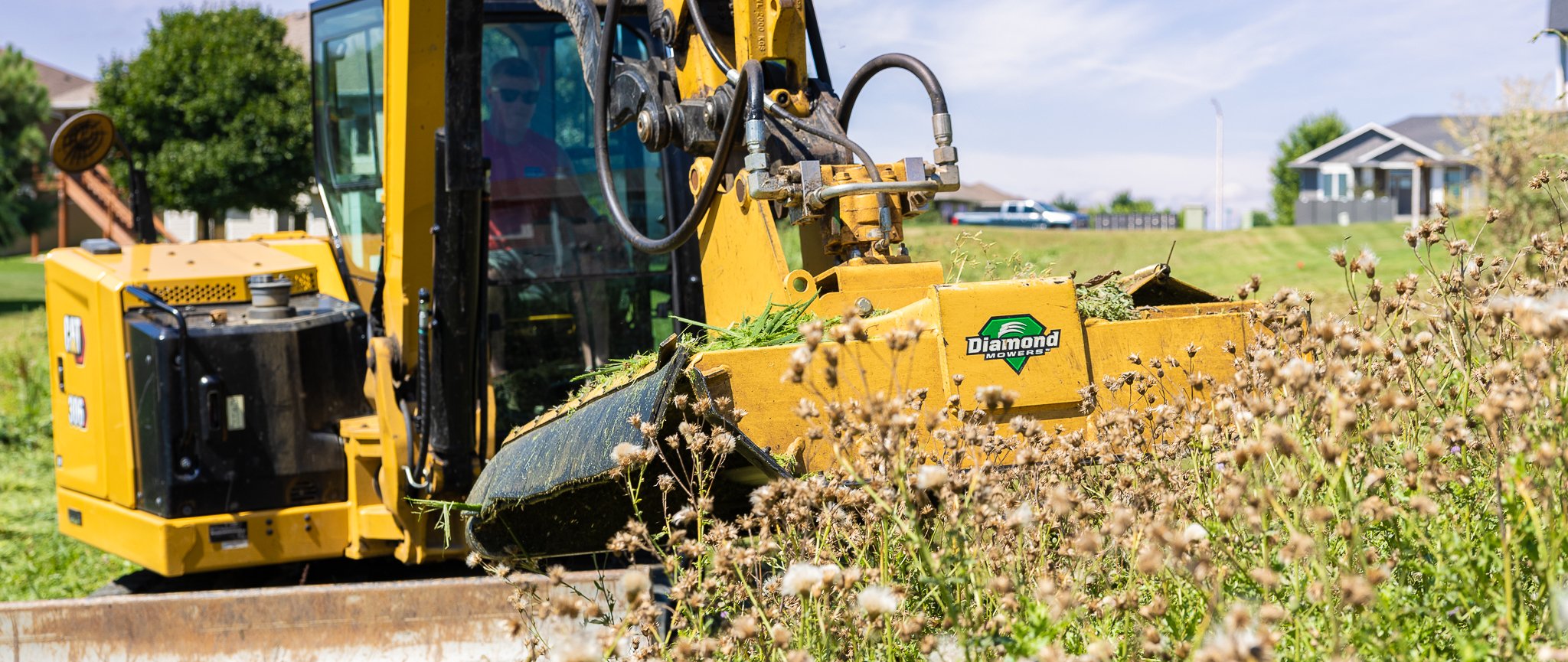Sweetgum Trees: The Bitter Truth
Mar 09, 2020 . 2 min read


Liquidambar styraciflua, otherwise known as the Sweetgum, is a species of hardwood tree commonly found in the southeastern United States and into Mexico and Central America. The Sweetgum name came from the fragrant amber gum or liquid the tree produces.
The Role of the Sweetgum Tree
As summer turns into fall, the star-shaped leaves on the Sweetgum ball trees change from green to yellow, and on to red and possibly purple; making these trees ideal for colorful landscaping. The Sweetgum also grows in a pyramidal shape growing more oval with age, requiring minimal shaping and provides plenty of shade. This tree is also an attractive tree to wildlife ranging from goldfinches and purple finches to wild turkeys and small mammals such as squirrels and chipmunks.

Image showing Sweetgum "gum balls". (Photo courtesy of Selectree)

The “gum” of the Sweetgum tree exudes from the bark when it is wounded or can be extracted by stripping, boiling, and pressing the tree’s bark. The gum has been used as a base for perfumes, herbal remedies, and salves used to make chewing gum and were once commercially popular for soaps, adhesives, and pharmaceuticals. Although the gum or amber sap has a warm, pleasant smell, the taste is quite bitter. The tree itself is a hardwood making it popular for fine furniture. The Sweetgum Tree balls are also used in a variety of crafting projects, from wreaths to other ornamental decorations, much like pine cones.
Image showing Sweetgum "gum balls". (Photo courtesy of Frogdaddy)
The Problem with Sweetgum Tree Balls
Although the Sweetgum and its colorful, star-shaped leaves make it ideal for landscaping, the tree can leave its landowners with a bitter taste in their mouth when it comes time for maintenance. “Gum Ball” seed pods are distinctively hard, dry, and have a spiky ball compound making the management of this tree and its fruit challenging. Not only does the tree produce massive amounts of the gum balls, but they are notorious for being impossible to compost, mulch, or even rake up in their large quantities. Ridding your property of Sweetgum balls with a lawn vacuum or mower is a challenge. You will quickly discover the vacuum will clog, or the lawnmower will shoot them out the sides of the mower deck.
These gum ball seed pods need to be maintained as they can hold 80-100 seeds per pod. The gum balls are consumed and distributed by local wildlife in a variety of ways. Additionally, when the Sweetgum balls fall from a tree, the seed pods break open, and the sawdust-like seed contents spread; inevitably, there will become numerous juvenile trees.

Map showing Sweetgum growth range. (Photo courtesy of USGS)
How To Get Rid of Sweetgum Tree Balls
This invasive species can quickly take over any area in no time with its medium to fast growth rate. The most effective method of ridding your property of these trees is by removing the tree permanently. This can be accomplished easily by mulching the tree in early spring prior to the gum ball fruit forming. The Diamond Mowers’ Skid-Steer Drum Mulcher is excellent at taking down these hardwood trees in a short amount of time.
Watch the Diamond Skid-Steer Drum Mulcher in Action:



